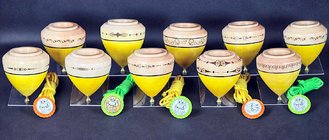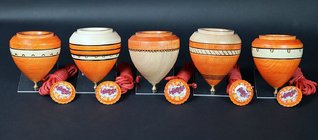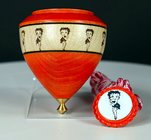I've been wanting to add color to some of my projects and the world of dyes is new to me. I'm looking at Hampshire Sheen Intrinsic colors and Keda dyes.
I'd like to know the considerations between solvent based and water based dyes and why you would choose one over the other?
Keda dyes offer powders, solvent based liquid, and 'ready to go' liquid dyes. Intrinsic dyes are water based (and ready to use). I realize Chestnut spirit stain is alcohol based and another, albeit more expensive, choice.
Keda sells these two options (powder details first image, solvent concentrate image two) and these two options seem to be a lot of bang for your buck (powders or liquid/concentrated).


So, why would one go the water based route vs one that you can choose your own solvent or use alcohol?
I'd like to know the considerations between solvent based and water based dyes and why you would choose one over the other?
Keda dyes offer powders, solvent based liquid, and 'ready to go' liquid dyes. Intrinsic dyes are water based (and ready to use). I realize Chestnut spirit stain is alcohol based and another, albeit more expensive, choice.
Keda sells these two options (powder details first image, solvent concentrate image two) and these two options seem to be a lot of bang for your buck (powders or liquid/concentrated).


So, why would one go the water based route vs one that you can choose your own solvent or use alcohol?



